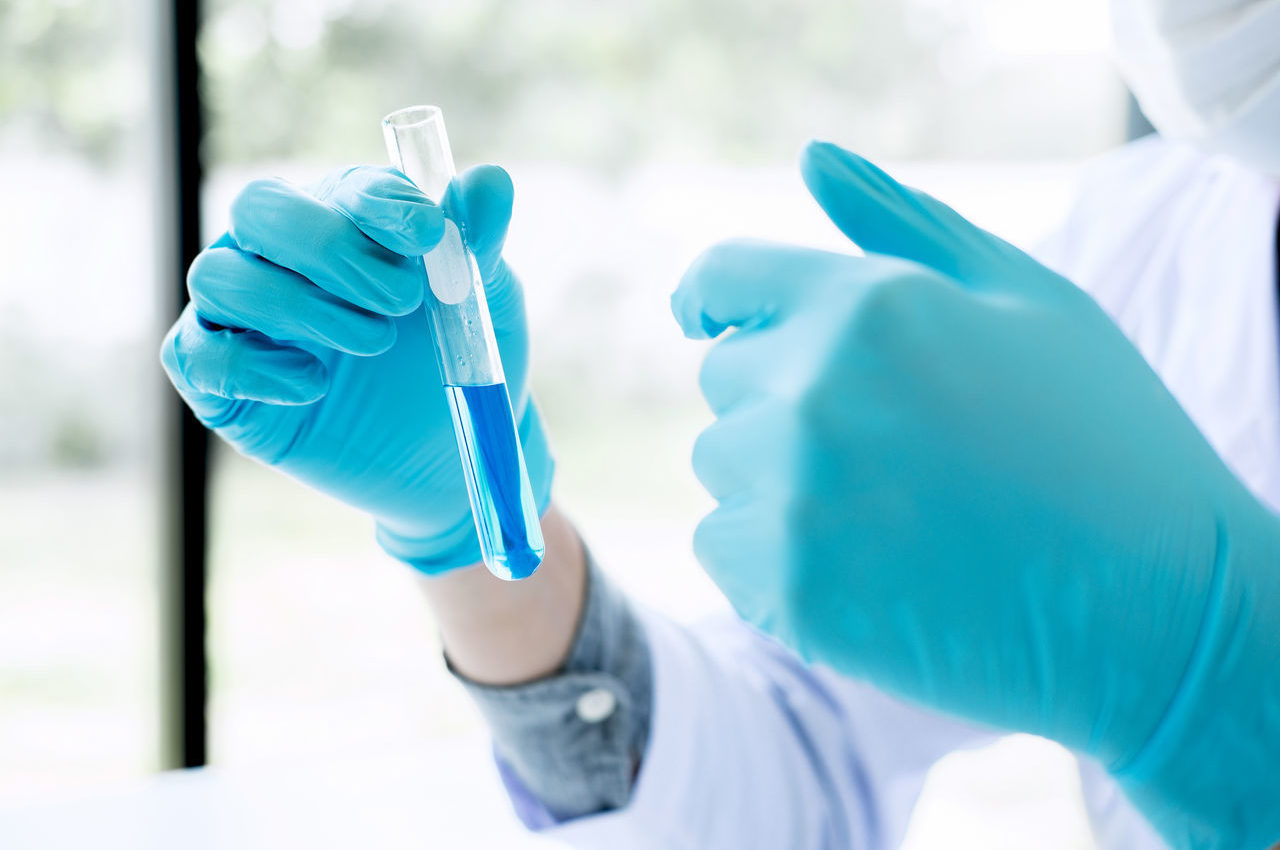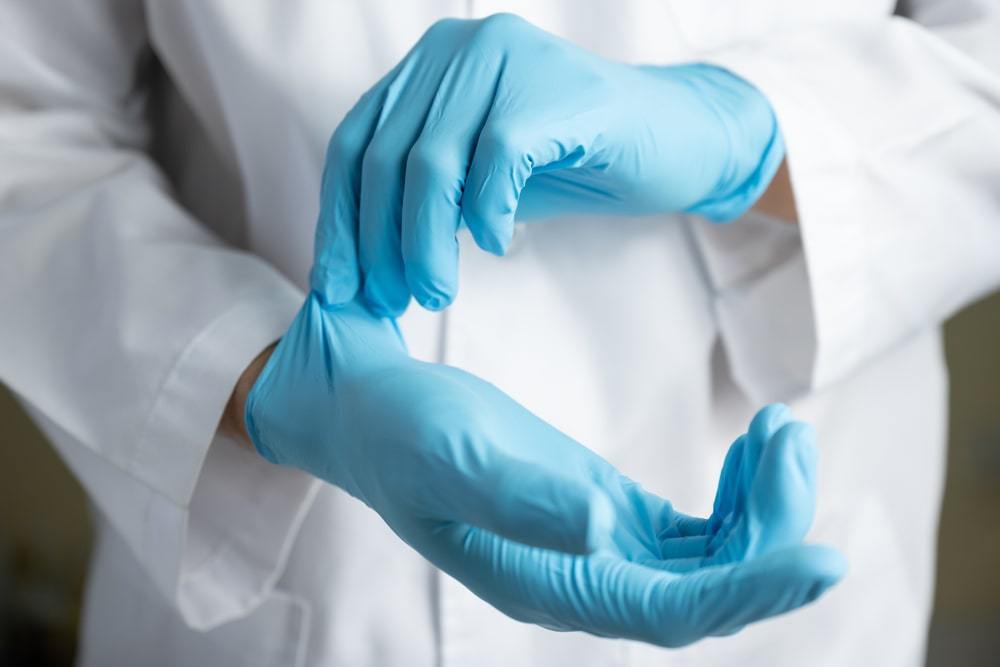One of the most important laboratory equipment Malaysia are a pair of gloves, and in lab work, your hands are just as important as your eyes. Your hands are more vulnerable than the latter because you are handling chemicals that could spill, drop or splash onto the skin of your hands if you mishandle your glassware.
The recommended type of gloves will always be disposable nitrile. The material, nitrile, is a synthetic rubber that offers better chemical and abrasion resistance from the latex gloves that are worn in medical environments. Even if you cannot afford nitrile, you should never wear latex in a lab. Instead, just put your experiment on hold until you can finally wear nitrile gloves.
The reason for this is because latex gloves can degrade in a matter of minutes upon contact and are not as protective as nitrile. Furthermore, nitrile gloves are also commonly worn because the proteins in the latex can cause a skin allergy, although some people are sensitive to accelerators in nitrile too.
Lucky for them, there are accelerator-free nitrile gloves that can be purchased and worn to avoid skin allergies from the chemical additive.
Nitrile gloves are only designed for limited chemical protection, thus it is only effective if they have brief contact with chemicals. At this point, they are already contaminated and must be removed and discarded accordingly.
Criteria
You might wonder what makes a good pair of gloves to wear and whether materials like nitrile is the sole requirement. While materials do take a factor in the protection of your hands, there are three criteria that a good pair must fit in when exposed to chemicals.
The first factor to take account of is breakthrough time, also known as the duration of a detection of substance inside the glove when the outside is exposed by a spill, splash or drop. An excellent glove can hold up for longer than eight hours.
The second factor is degradation, which are the physical changes made upon contact with a chemical such as swelling, cracking, softening or shrinking. Be mindful that even if your gloves do not show signs of degradation, they can still exhibit chemical breakthroughs. This is why you must immediately remove and dispose of your gloves if they are affected.
The third factor is the permeation rate. This refers to a substance that passes through a glove material once breakthrough occurs. The rate includes absorption on the outside, diffusion through the material and desorption on the inside.
Optimizing your glove protection

Thick gloves provide more protection than thinner gloves of the same material, but at the cost of touch-sensitivity and dexterity. It isn’t wrong or silly to wear double gloves since this increases the breakthrough time, but you can only wear like this for short-duration tasks as you can overheat and exhaust your hands.
Furthermore, your gloves must fit your hands and never a size smaller or larger. Small gloves will be overstretched and stress the material, resulting in lesser protection. Big gloves can become more easily damaged and are awkward to work with.



